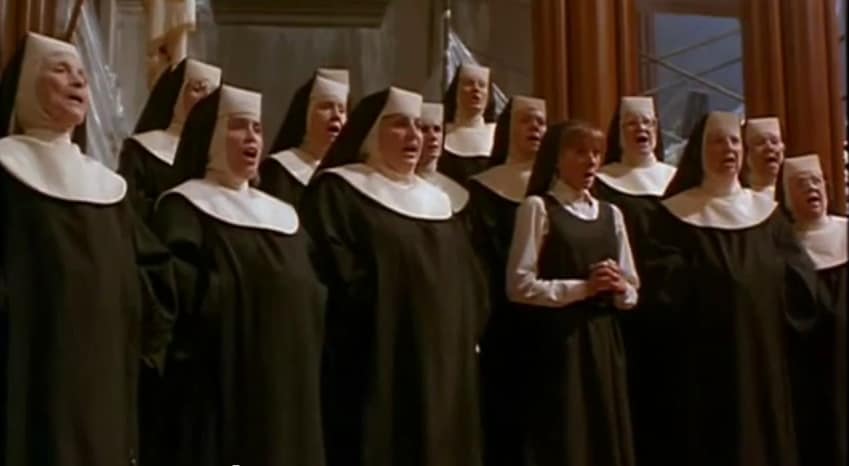Everywhere you turn these days, women religious (you know, nuns and sisters) seem to be in the headlines. First, the Vatican’s Congregation on the Doctrine of the Faith “Doctrinal Assessment” of the Leadership Conference of Women Religious triggered a firestorm of media attention. And just this week, the same Vatican Congregation issued a “Notification” criticizing certain aspects of a recent book on sexual ethics by Sister Margaret Farley, RSM, who is professor emerita at Yale Divinity School.
For centuries, women religious have been on the front lines of the church’s ministry, especially in education, health care, parish administration, missionary work, and social services. (Full disclosure: without the ministry of women religious, I would probably not be writing posts for TJP. Sr. Marianna taught me how to write in high school, and before that Sr. Anne Matson taught me how to type. Talk about #WhatSistersMeanToMe!. And a recent article by my friend Catherine Kirwan-Avila in America Magazine gives hope that their ministry will continue for years to come.
But even before their recent run in the headlines, and despite their dedication to the corporal and spiritual works of mercy, our cultural imagination can’t quite decide how to represent women religious. Think about it for a second. Remember The Sound of Music, which features the patient, loving Mother Superior admonishing her novice Maria to “Climb Ev’ry Mountain” before sending her back to Captain Von Trapp, her would-be husband? And all this was before the Reverend Mother aided the family’s escape from Nazi-occupied Austria.
Then there are the raucous (read: fun) nuns who shelter Whoopi Goldberg in “Sister Act.” Some of the other sisters are game to sneak out of the cloister to a nearby bar with Whoopi after curfew. Far more are all eager to play “Boogie-woogie on the piano” during Mass.
In the very same movie, Dame Maggie Smith plays the pursed-lipped Reverend Mother; the Platonic Form of the “Stern Nun,” whose attributes (and wardrobe) are tersely described in “I’ll Follow You Into the Dark” by Death Cab for Cutie:
In Catholic school, as vicious as Roman rule, I got my knuckles bruised by a lady in black. And I held my tongue as she told me, “Son, fear is the heart of love.”
Our culture can’t quite seem to settle on an appropriate stereotype for religious women. And I think that’s a good thing. So, Culture, here’s some unsolicited advice: give up. Women religious are as diverse as they are dedicated to the service of the church and to the people of God. In the final analysis, that is what they all share. For our part, we do well to remember that – whether we’ve been touched by their ministry directly, or whether we absorb representations of women religious and their lives of service in the media.


